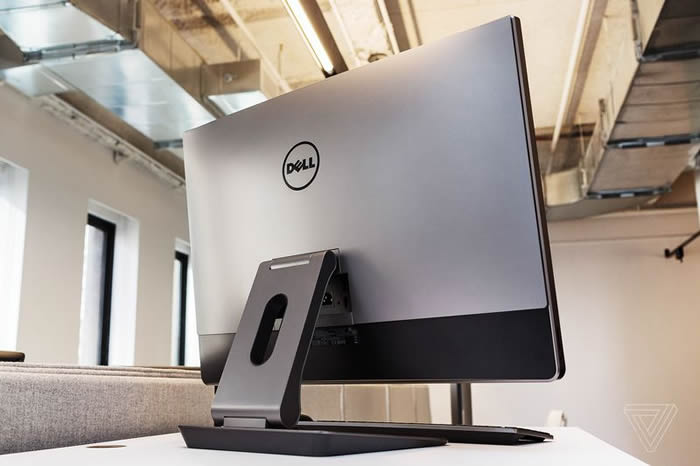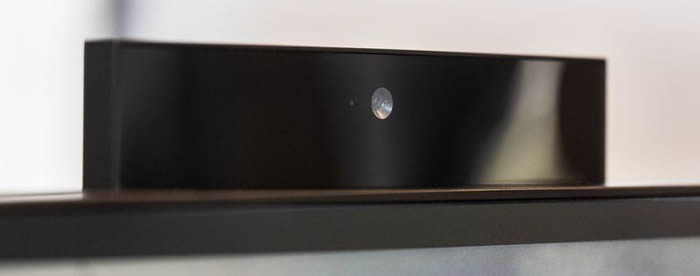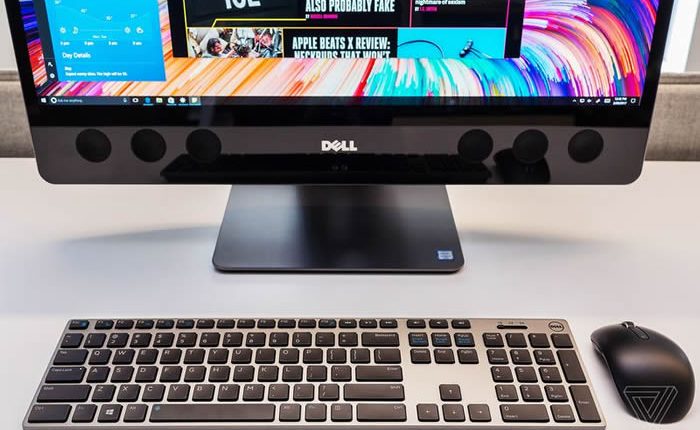The lowly PC has seen a bit of resurgence recently, with interesting designs and concepts. Just at CES a couple of months ago, PC makers such as Dell, Lenovo, and HP all came through with interesting laptop designs.
But the laptop isn’t the only PC that’s seen a design-focused revival. The humble desktop PC has transformed from a boring beige or black box into a centerpiece of a modern desk space. An all-in-one computer in 2017 is both functional as a computer and beautiful to appreciate as a piece of design.
Microsoft’s Surface Studio really revitalized this category last year. A 28” all-in-one PC that converts to a drafting table for digital artists, the Surface Studio is a stunning computer that changes perceptions on what a PC can look like or do. Most customers that see or use the Surface Studio come away impressed, even if they aren’t the target market of digital artists.
 Fortunately HP and Dell have been working on their own takes on the all-in-one, and both companies have released new models this year that combine clever and beautiful design with new functionality that might not be expected.
Fortunately HP and Dell have been working on their own takes on the all-in-one, and both companies have released new models this year that combine clever and beautiful design with new functionality that might not be expected.
HP’s heavily named Envy Curved All-in-One 34 is nearly as much of a head-turner as the Surface Studio. Which is the update to the computer from 2015, this version of the Envy all-in-one combines a massive 34” ultrawide 21:9 curved display above a sleek pedestal that houses the computing components, all of the ports, and the speaker system.
The effect of having such a large display and a dark-colored minimal base is that the Envy’s giant curved screen appears to ‘float’ in front of you, enveloping you in windows, video, games, or whatever. (A curved TV is problematic for a variety of reasons, but a curved monitor is great because you’re always sitting in the sweet spot.)
The HP includes other features, too, such as a touch-controlled volume wheel on the right side of the base, and a wireless charging spot on the left side for smartphones. One of the more advanced features is the hideaway Windows Hello-compatible webcam that pops up out of the top of the monitor.
 Dell’s XPS 27 features a more traditional, iMac-like design, where the computing components are all jammed behind the display. But this is where the traditional feel ends, as it comes loaded with a 4K touchscreen and 10-speaker sound system which isn’t on any iMac.
Dell’s XPS 27 features a more traditional, iMac-like design, where the computing components are all jammed behind the display. But this is where the traditional feel ends, as it comes loaded with a 4K touchscreen and 10-speaker sound system which isn’t on any iMac.
The XPS’s screen measures 27” diagonally and is incredibly bright, vibrant, and sharp. Dell says it covers 100% of the Adobe RGB color space, which is useful for photography or graphics.
Containing good-looking and distinctive designs, these computers do also have some faults. Much like the relatively underpowered Surface Studio, neither machine is as powerful as a gaming PC, and many people believe that only the HP could really even pass for a casual gaming rig.
(The Dell’s weaker graphics card proved just too wimpy for the 4K resolution the panel is equipped with.) Both computers are also very noisy under load, with fans that spin loudly and frequently kick on. (The HP received a firmware update that minimized some of the fan noise, but they are still noticeable even when just doing menial tasks.)
And even though HP and Dell focus on the sound systems included with these computers, both of them can be found to be lacking in bass and need to add a subwoofer to either. It could be seen that the most irritating thing with either computer is how lousy the included mouse and keyboard are.
Dell’s cheap plastic mouse is arguably ‘borderline unusable’, while the HP’s wireless keyboard seems to be very intermittent and will only sometimes register. For computers that cost multiple thousands of dollars, the default input devices are astonishingly bad.
However you can swap out the these mouse and keyboards for a proper wireless set, and it would be difficult to prove that the HP Envy Curved All-in-One 34 and the Dell XPS 27 are beautiful and competent PCs for everyday tasks and even more intensive stuff such as photo editing.
And, like the Surface Studio, both computers prove that the boring, staid desktop PC is no more and that customers might actually want to have a PC on their desks again.


Comments are closed, but trackbacks and pingbacks are open.